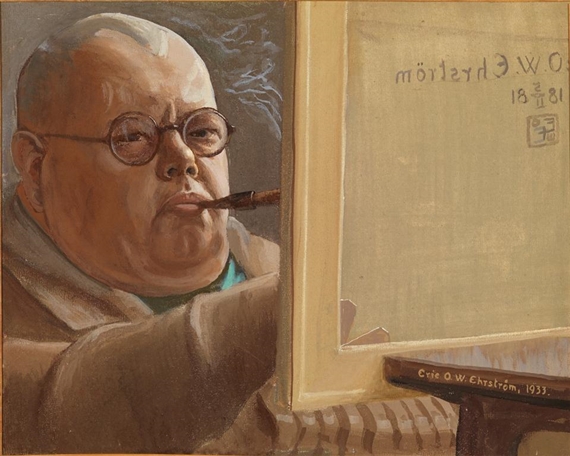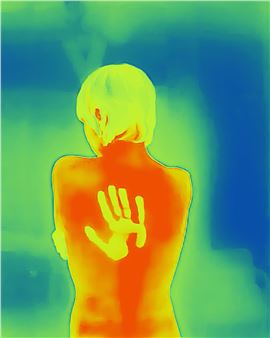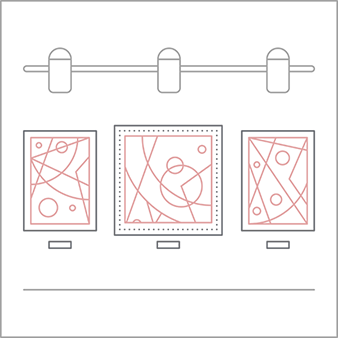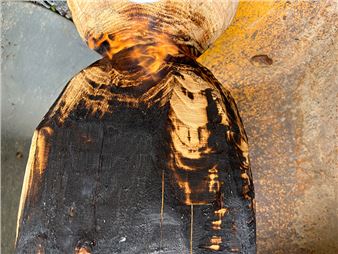I am not I: Famous and Forgotten Portraits
The exhibition I am not I approaches portraiture through a range of different themes and perspectives, while also providing an insight into the history and development of the genre. Themes explored include power and identity as well as memories and their preservation. The works on display cover the full range of portraiture, from imposing portrayal of royals and other powerful figures to intimate depictions of families, along with artists’ own self-portraits. In addition to well-known persons and notable figures of their day, the exhibition features not only portraits of people whose identities have faded into obscurity over the years, but also portraits that for some other reason have been consigned to oblivion.The time period covered by the exhibition extends from the 16th century until present day. The works include some of the earliest known portraits, the Fayum funerary masks, which were painted on wood during the subject’s lifetime and later placed over the mummy’s face.
The exhibition includes several rare works that have not previously been displayed in public, including Lorens Pasch the Younger’s (1733–1805) portrait of King Gustav III of Sweden (1783). The Royal High Court of Vaasa was founded in 1776 and to mark the occasion, King Gustav III donated his portrait to the institution. It is currently displayed in the court’s main chamber, and normally accessible to only a few people.
The exhibition also features highlights that will remain on display for a limited period only. The first highlight is a series of works themed around former President of Finland, Urho Kekkonen, including a portrait by Ilya Glazunov from 1973, self-portraits created under the tutelage of Finnish artist Kimmo Pyykkö as well as a further self-portrait from 1975.

Recommended for you
The exhibition I am not I approaches portraiture through a range of different themes and perspectives, while also providing an insight into the history and development of the genre. Themes explored include power and identity as well as memories and their preservation. The works on display cover the full range of portraiture, from imposing portrayal of royals and other powerful figures to intimate depictions of families, along with artists’ own self-portraits. In addition to well-known persons and notable figures of their day, the exhibition features not only portraits of people whose identities have faded into obscurity over the years, but also portraits that for some other reason have been consigned to oblivion.The time period covered by the exhibition extends from the 16th century until present day. The works include some of the earliest known portraits, the Fayum funerary masks, which were painted on wood during the subject’s lifetime and later placed over the mummy’s face.
The exhibition includes several rare works that have not previously been displayed in public, including Lorens Pasch the Younger’s (1733–1805) portrait of King Gustav III of Sweden (1783). The Royal High Court of Vaasa was founded in 1776 and to mark the occasion, King Gustav III donated his portrait to the institution. It is currently displayed in the court’s main chamber, and normally accessible to only a few people.
The exhibition also features highlights that will remain on display for a limited period only. The first highlight is a series of works themed around former President of Finland, Urho Kekkonen, including a portrait by Ilya Glazunov from 1973, self-portraits created under the tutelage of Finnish artist Kimmo Pyykkö as well as a further self-portrait from 1975.

 ARTISTS
ARTISTS













